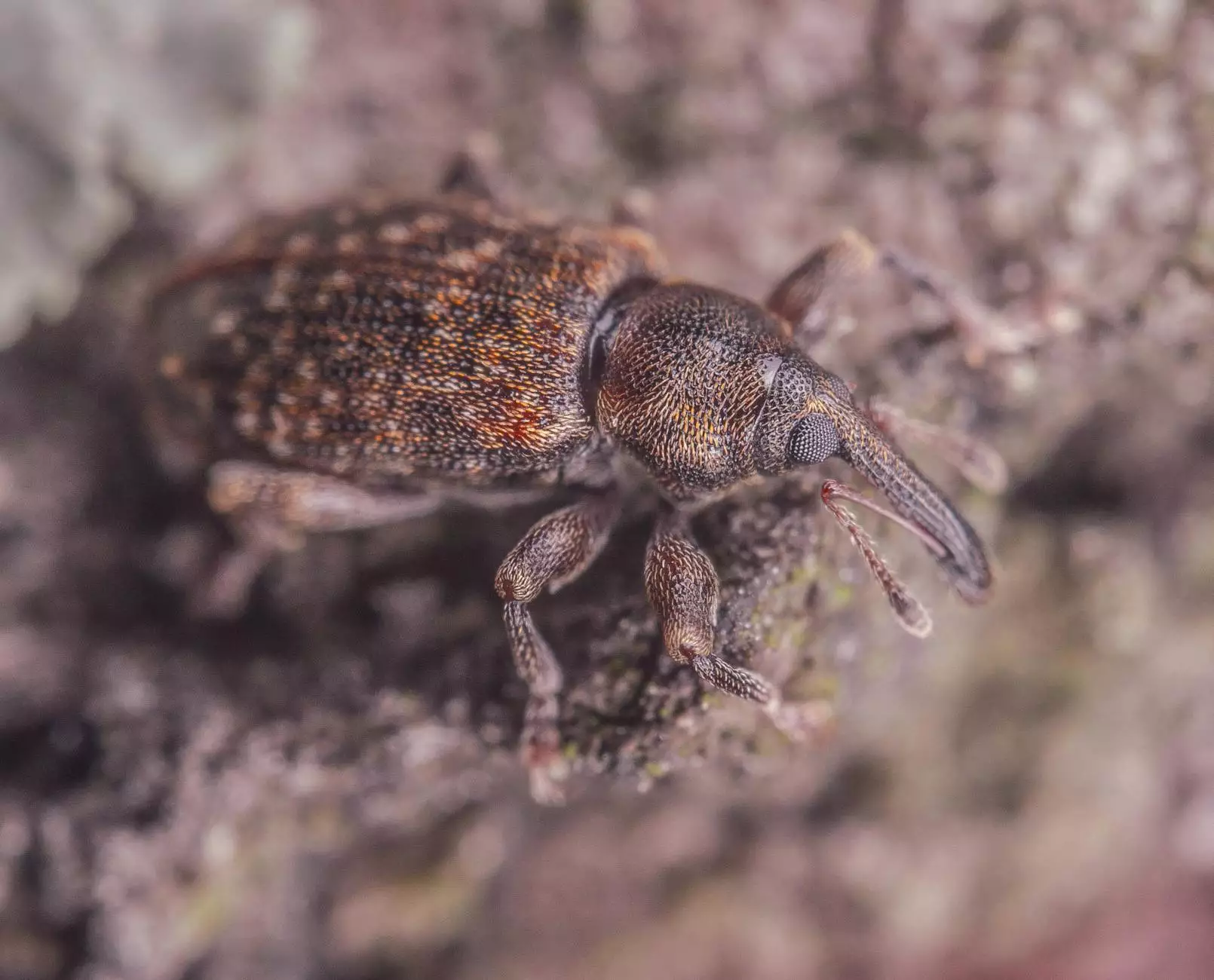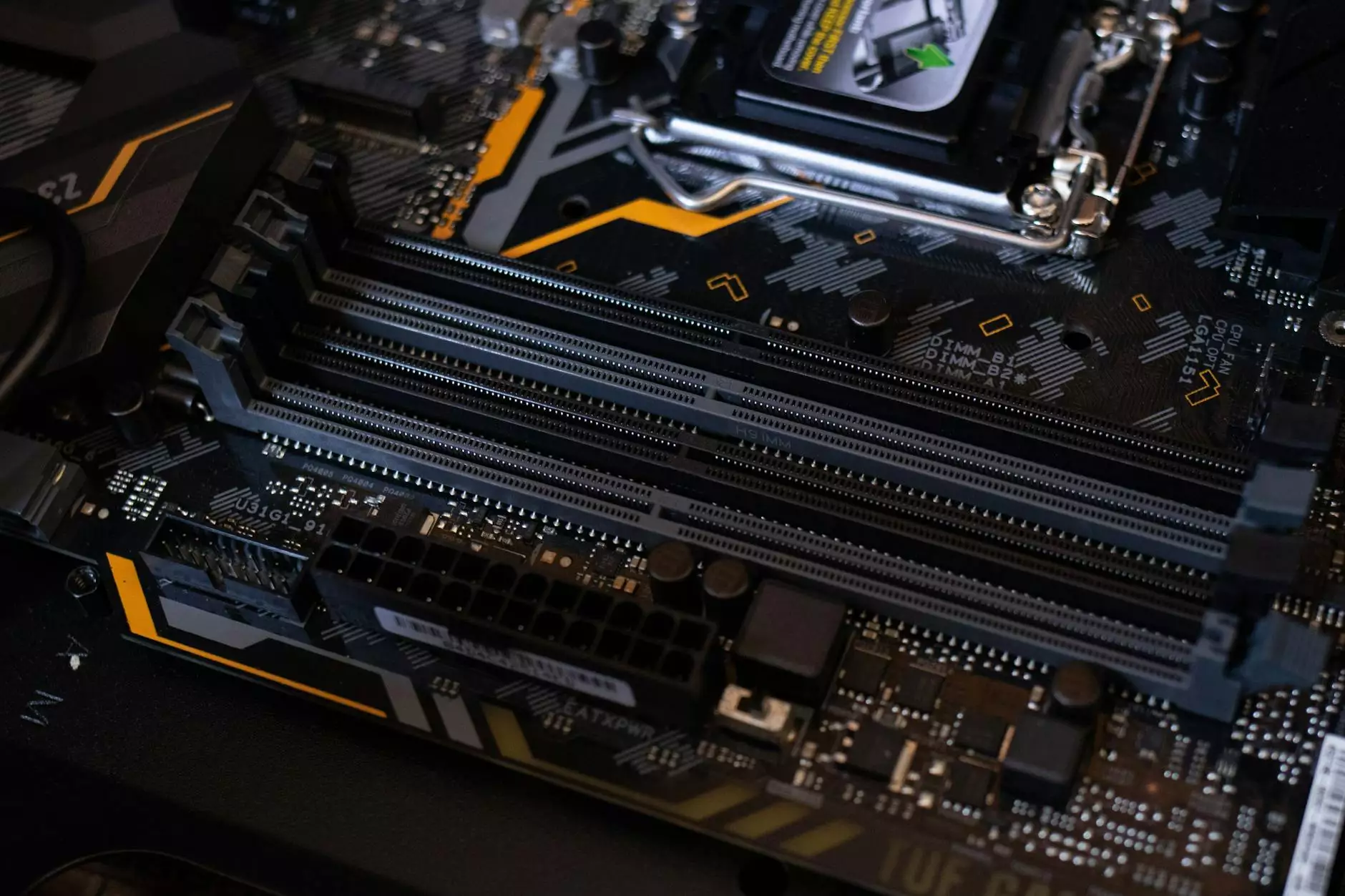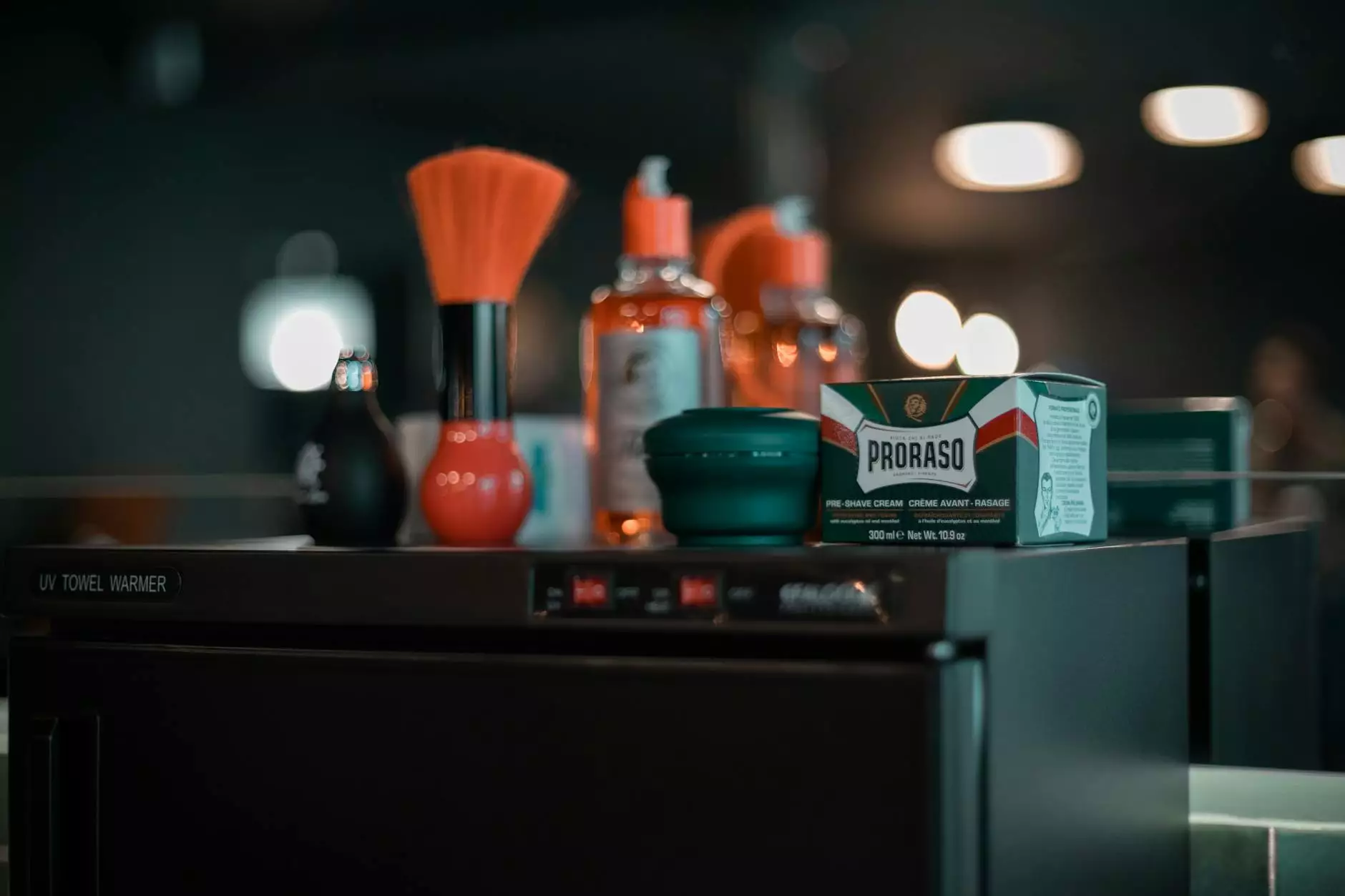Effective Strategies for Maize Weevil Control

As farmers, one of our primary goals is to ensure a healthy crop yield, and when it comes to maize, controlling pests is crucial. The maize weevil, a small pest that significantly affects grain storage, can lead to devastating losses if not adequately managed. This article delves into extensive strategies for maize weevil control, offering practical insights that will help you protect your maize from these destructive insects.
Understanding the Maize Weevil
The maize weevil (Sitophilus zeamais) is a common pest that targets stored corn and other grains. Recognizing the biology and behavior of this pest is the first step towards effective control:
- Size: The adult maize weevil measures about 2.5 to 4 mm in length and has an elongated snout.
- Life Cycle: The life cycle includes eggs, larvae, pupae, and adults, with each stage taking place within the grain kernels.
- Feeding Habits: The larvae feed on the inside of the grains, causing significant damage and reducing the quality of the grain.
- Reproduction: A female can lay up to 300 eggs, leading to rapid infestations if not controlled.
Signs of Infestation
Being able to identify an infestation early is essential for successful maize weevil control. Here are some signs to look out for:
- Holes in Kernels: Look for small holes in maize grains, which indicate entry points for weevils.
- Fine Dust: The presence of a fine powdery substance around storage areas can imply weevil activity.
- Live Insects: Spotting adult weevils or larvae can confirm that your grain is infested.
Prevention Techniques
Preventing a maize weevil infestation is more effective and less costly than dealing with an established population. Here are some essential prevention techniques:
1. Proper Storage Conditions
Utilizing the right storage conditions is critical to deter maize weevils. Follow these guidelines:
- Dry Conditions: Store maize at low moisture content (ideally below 13%) to make it less hospitable for weevils.
- Temperature Control: Keeping storage facilities cool limits the chances of a weevil infestation, as they thrive in warm environments.
- Airtight Containers: Use airtight bins or silos to prevent insects from entering and accessing the stored grains.
2. Regular Inspection
Conduct regular inspections of stored maize grains to identify potential problems early. Check for:
- Signs of weevil activity (holes, dust, live insects).
- Fungus or mold, which can attract pests.
- Temperature and humidity levels to ensure optimal storage conditions.
Control Measures
If you find evidence of a maize weevil infestation, swift action is necessary. Below are some effective control measures:
1. Chemical Control
Pest control chemicals can be used in severe infestations. Consider the following:
- Insecticidal Dusts: Apply diatomaceous earth or other insecticidal dusts in and around storage areas.
- Fumigation: For extensive infestations, fumigation with phosphine gas may be necessary. Ensure that this method complies with local regulations and is conducted safely.
2. Biological Control
For those seeking eco-friendly options, biological control methods can help:
- Beneficial Insects: Introduce natural predators that feed on maize weevils, such as certain predatory beetles.
- Parasitic Wasps: Use parasitic wasps that lay their eggs in weevil larvae, effectively controlling their population.
3. Mechanical Control
Physical methods of pest control can also be quite effective:
- Vacuuming: Regularly vacuum storage bins and areas to remove weevils and their eggs.
- Heat Treatment: Heat can kill weevils at all stages. Heating the grains to a temperature of 50°C (122°F) for 30 minutes can eliminate infestations.
Enhancing Farm Equipment for Effective Control
Utilizing proper farming equipment not only assists in maintaining the health of your crops but also aids in the prevention and control of pests like maize weevils. Here’s how:
1. Invest in Quality Storage Solutions
Ensure you have robust storage solutions that can withstand pest infiltration:
- Grain Bins: Select bins designed specifically for grain storage with pest-proof features.
- Clean-Out Tools: Use specialized tools to clean storage equipment thoroughly, reducing the risk of weevils and other pests.
2. Regular Maintenance of Farming Equipment
Routine maintenance of farming tools and machinery helps in effective pest control:
- Keep Equipment Clean: Make sure all equipment used for handling grain is devoid of debris and old grain residues.
- Check Seals: Ensure that all seals and closures on storage equipment are intact and functional to prevent pest entry.
The Role of Technology in Pest Management
Modern technology plays a pivotal role in pest management. Consider these high-tech options:
- Smart Sensors: Deploy sensors to monitor temperature and moisture levels in real-time within storage facilities.
- Pest Monitoring Systems: Use automated systems to detect pest activity and alert you to take action before infestations escalate.
Conclusion
In conclusion, managing maize weevil infestations requires a combination of prevention, monitoring, and responsive control measures. By understanding the biology of the maize weevil and adopting integrated pest management strategies, you can drastically reduce the likelihood of significant crop losses. Investing in quality storage solutions and maintaining effective farm equipment will also enhance your capacity to manage maize weevil control.
Visit tsgcinc.com for more insights on farm equipment repair and effective farming techniques. Together, we can cultivate healthier crops and achieve greater yields.









